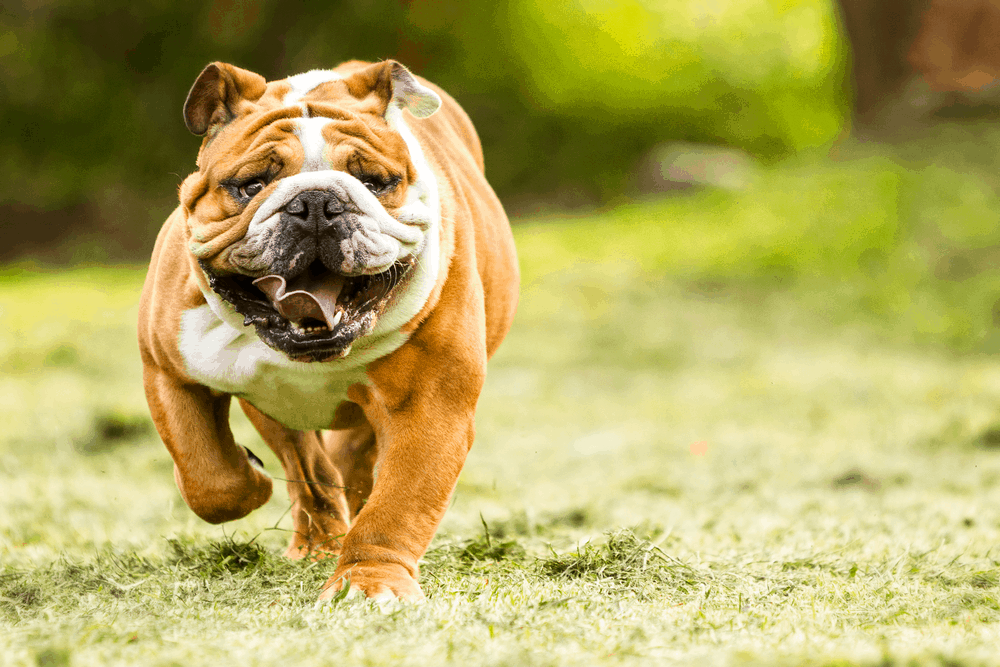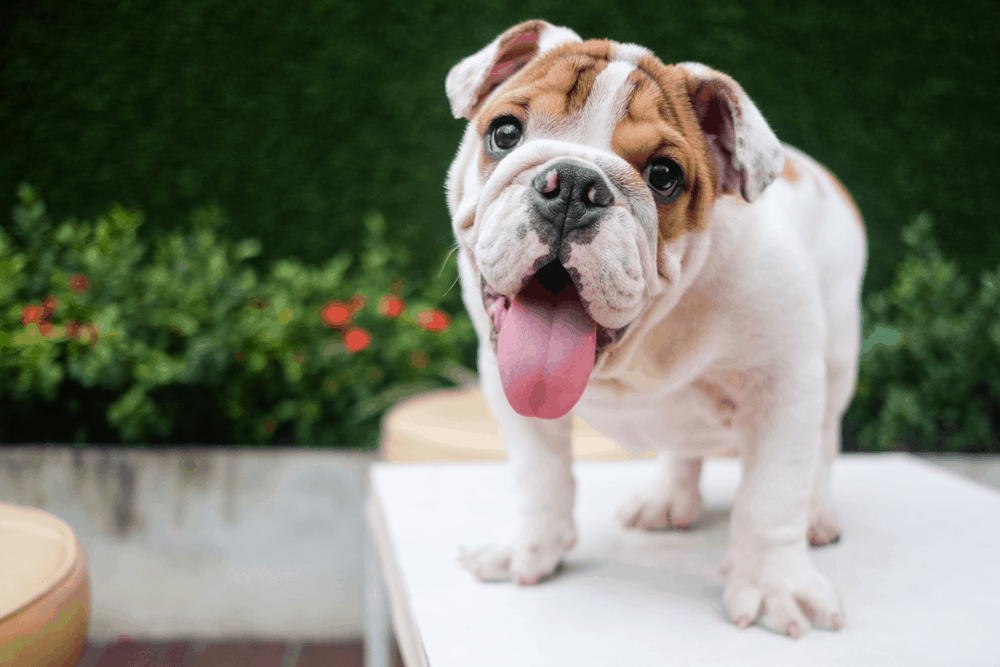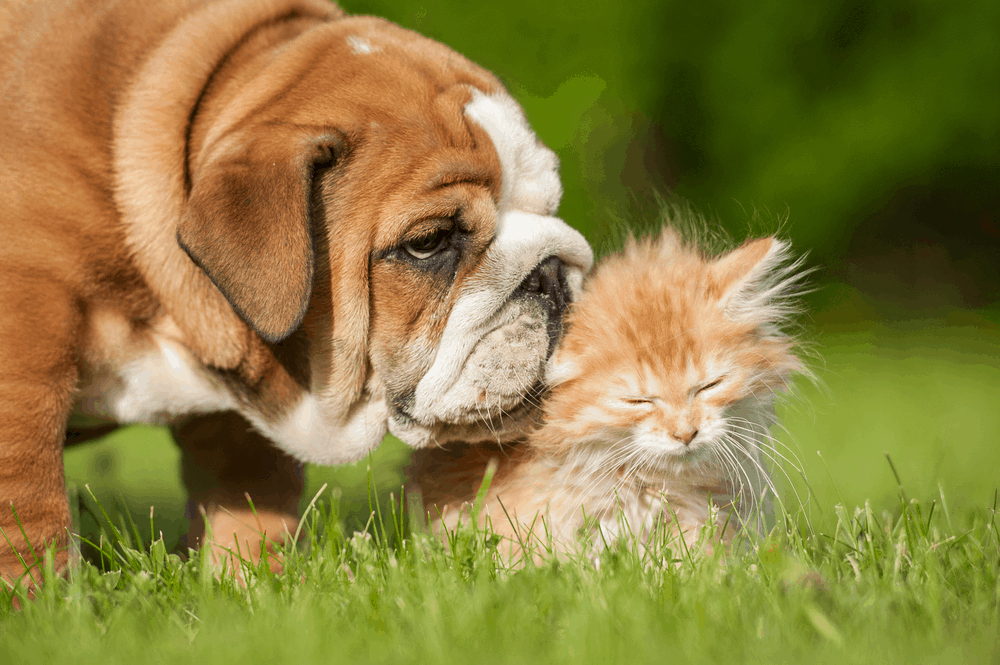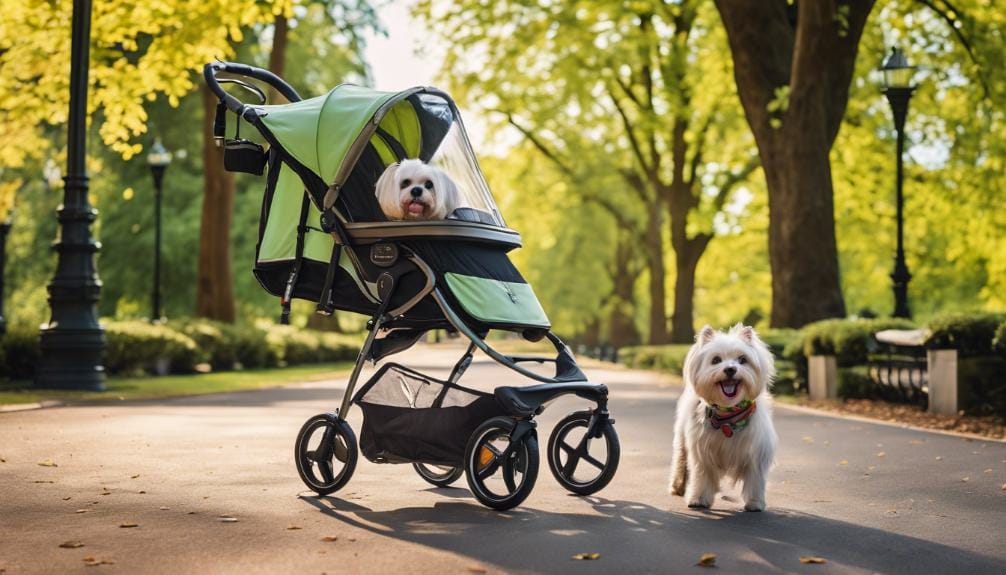The English Bulldog, also known as the British Bulldog, is the 14th most popular breed in the United States. He is 108 years old, and although canine historians routinely debate his origins, many believe his ancestor, the Bulldogs, is a cross between the Bullmastiff and the Pug.
One of the sweetest breeds, he is also one of the more misunderstood dogs. This may be due to a couple of reasons. His appearance, with his very broad shoulders, short stature, thick head and a short muzzle with a protruding lower jaw, might have someone unfamiliar with the breed believing him to be ferocious. Indeed those familiar with his lineage could be erroneously associating today’s English Bulldog with the bulldogs of the 16th century, who were bred for dog fighting and to bait bulls in the ring. Thankfully, England outlawed both in the mid 1800s. However this left the bulldog without a job.
Loving his tenacity and appearance, but not necessarily his temperament, breeders sought to create a gentler version of his former self. And so in 1902, the first English Bulldog was officially recognized.

Physical Characteristics
* English Bulldogs come in various colors including:
* White
* Brindle
* Red
* Fawn
* A mixture of the colors above – frequently with waves or irregular stripes
His eyes tend to droop, giving him a rather sullen appearance and his fur, which is thick and flat, is usually wrinkly – most notably around his face and shoulders.
For both male and female, an ideal weight is 45 pounds. They stand about 14 inches tall. Their tails are short and have an inclination to curl up and inward.
What to Watch For
English Bulldogs are very popular show dogs and make great family pets. You should watch for hip dysplasia with this breed – even though it’s usually the taller dogs that are affected. Although difficult to avoid, if you own one or are considering it, you’ll want to discuss with your Vet treatment options. You’ll also want to do as much research as possible to ensure that you are as informed as you should be on the topic.
Although not as serious as hip dysplasia, many English Bulldogs develop something known as cherry eye. It presents as an extension of in the inner eyelid. This is easily treatable by your Vet.
Because of their short snouts, English Bulldogs tend toward allergies and even asthma. Vets treat upper respiratory and sinus conditions in dogs and cats very differently than doctors for humans do. As such, if yours develops either or both, you’ll want to agree on the best method to minimize his frequently plugged up nose and swollen soft tissue in the sinus cavities. They do have a reputation for being able to rival the loudest snorer in your home. Indeed the subject of many a joke, it’s actually no laughing matter. This can lead to obstruction of his airways, which can be rather serious if left untreated over a prolonged period of time.

English bulldogs have a high propensity toward overheating. If you live in a warm climate, forgoing your shag carpet in favor of tile is recommended; if not in your whole house, at least a room or two. Air conditioning is also a great idea during the especially hot months. This breed tends to overheat, even to the point of hypothermia, so you want to be careful when it comes to extreme heat.
For all the above conditions, your English bulldog needs regular exercise. This helps to keep his weight down, which will be less stressful on his heart and joints. Because of his short legs, his stride is not as long as yours. Exercise shouldn’t be strenuous, but nice walks, at a slow pace, so he can keep up with you.
Temperament
You’ll find the English Bulldog to be one of the more docile breeds. Sweet, loyal, protective and the original defender of children’s rights. They’ve been known to get a little angry with their owners who are yelling at their own children. This does not manifest itself as aggression, just a little nudge in your direction to, “Please stop. This little thing, who’s not much larger than me, doesn’t like being yelled at.”
Expect to have your English Bulldog for up to 14 years. In that time, with regular exercise and a watchful eye toward the things that can ail him, he’ll be extremely content in that time and totally lovable!





Leave a Reply
You must be logged in to post a comment.